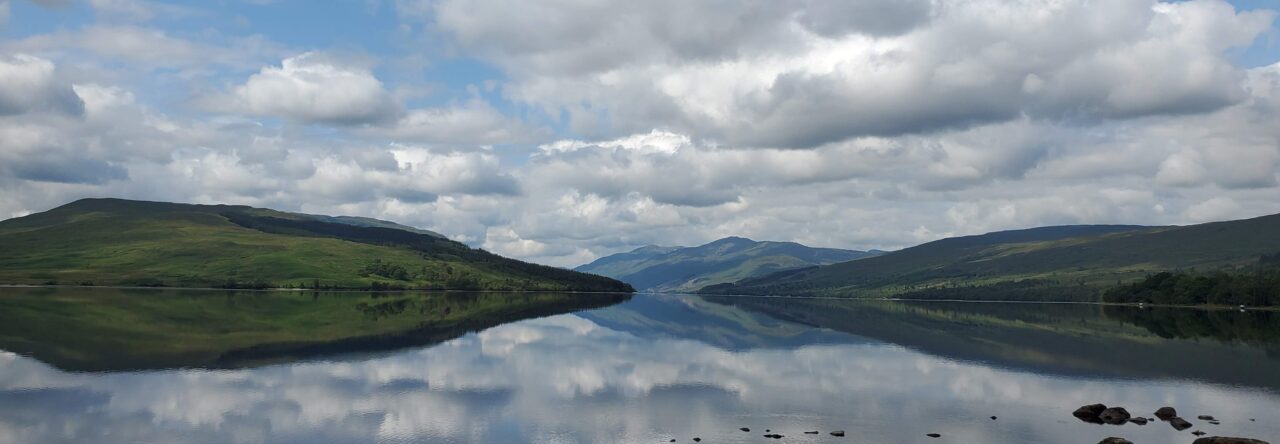Plans by the owners of Russia’s top gold producer, Polyus Gold, including Russian billionaires, Mikhail Prokhorov and Suleiman Kerimov, may be thwarted in their efforts to buy Kazakh gold miner KazakhGold Group.
The Kazakh government this week annulled a merger of the two evoking the 2007 Subsoil Law which allows the government to annul any contract involving the use of subsoil resources in the country if it is of national strategic importance the government. The government is reportedly concerned over a low deal price.
If the deal were to go ahead, the merged company – to be called Polyus Gold International Limited – is expected to become one the world’s leading gold mining companies, whose shares will trade on the London Stock Exchange as a single company. (Polyus Gold plans to delist its ADRs from the LSE.)
Event timeline:
*December 2008, Polyus Gold announced first offer for stake in KazakhGold; estimated above $700 million
*April 2009, negotiations announced to adjust offer. In a statement KazakhGold wrote, the “Company’s production levels and working capital levels have deteriorated substantially more rapidly than previously anticipated and KazakhGold requires a funding commitment, in order to continue to operate as a going concern in its current form. Due to these wholly exceptional circumstances, the terms of the Proposed Partial Offer as announced on 29 December 2008 are no longer valid, however, KazakhGold and Polyus Gold remain in active negotiations to agree revised terms in respect of the Proposed Partial Offer.”
The price was adjusted down about 60%.
*July 2009: Polyus Gold, through its indirect wholly-owned subsidiary, Jenington International Inc. (“Jenington”), made a recommended partial offer to acquire 50.1% of the issued and to be issued share capital of KazakhGold. The Partial Offer was declared unconditional on 14 August 2009.
*June 25, 2010: KazakhGold Group Limited (“KazakhGold”); its wholly-owned subsidiary, KAZAKHALTYN MMC JSC (“Kazakhaltyn”); and Jenington International Inc., a wholly-owned subsidiary of OJSC Polyus Gold (“Jenington”); commenced proceedings in the High Court of Justice (Chancery Division) in London against five members of the Assaubayev family who were former directors of KazakhGold; Gold Lion Holdings Limited (“Gold Lion”) and Hawkinson Capital Inc., (“Hawkinson”). Gold Lion was, prior to completion of the Partial Offer by Jenington to acquire 50.1% of the issued share capital of KazakhGold in August 2009, the principal shareholder of KazakhGold. The defendants include Kanat Assaubayev, who was Executive Chairman of KazakhGold until the completion of the Partial Offer, and Aidar Assaubayev, the former Executive Vice Chairman, who continued as a director until his appointment was terminated on 17 June 2010.
*June 30, 2010, KazakhGold and Polyus Gold, which owns 50.1% in KazakhGold via its subsidiary Jenington International Inc, announced a reverse merger, under which KazakhGold would acquire its parent company Polyus Gold. Under the scheme, one share of Polyus Gold will equal 9.26 Global Depositary Receipts of KazakhGold, and one American Depositary Receipt of Polyus Gold will equal 4.885 GDRs of its subsidiary.
.








